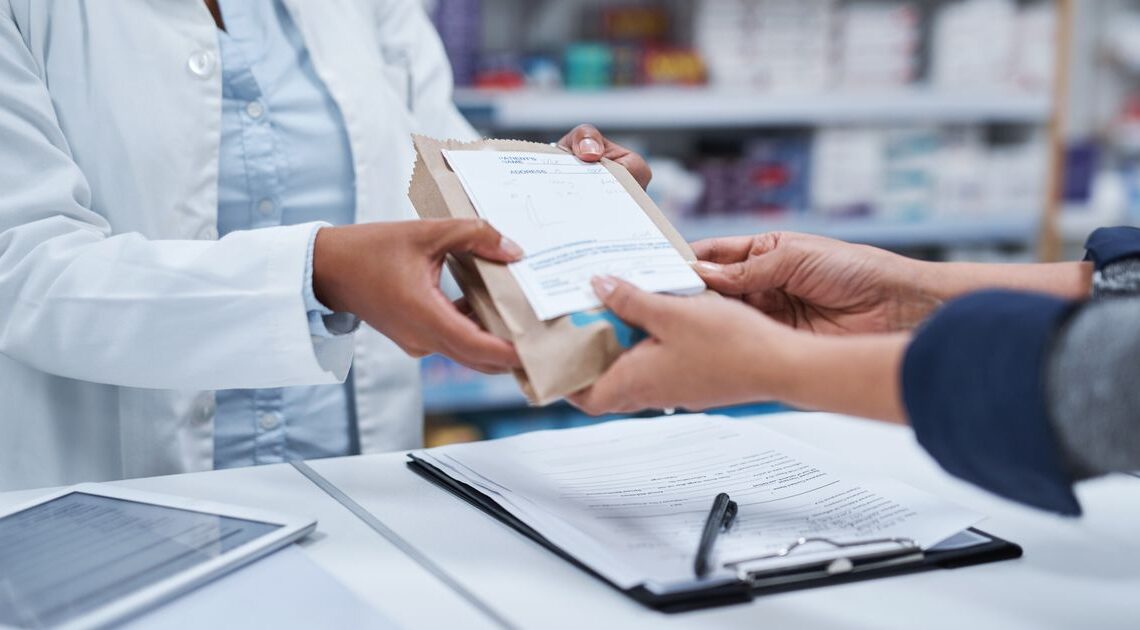A lifesaving drug used to treat opioid overdoses may soon be sold at your pharmacy.
Two advisory panels that make recommendations to the Food and Drug Administration voted in mid-February in favor of making a Narcan (naloxone) nasal spray available without a prescription. The FDA, which isn’t required to follow the panel’s guidance but often does, is expected to make a decision by the end of March.
If approved, Narcan would become the first naloxone nasal spray that can be purchased over the counter in the United States, according to Emergent BioSolutions, the drug’s manufacturer.
The rise of opioid overdose deaths due to prescription drugs took off in the 1990s and accelerated with rising heroin use around 2010. In 2013, when fentanyl made its way into fake prescription drugs and counterfeit pills, the incidence of opioid deaths skyrocketed — so much so that it’s now the leading cause of accidental deaths in the U.S.
If approved, it would be much easier for people to obtain the lifesaving drug, especially for those who live in rural areas without community-based programs that offer overdose rescue kits.
“Making naloxone OTC can help normalize the medication as something everyone person should have available — in the medicine cabinet, in the car, backpack, at work, in parks and other community settings,” Alex Bennett, a research associate professor and director of the Opioid Overdose Prevention Program at New York University’s School of Global Public Health, told HuffPost.
How does Narcan work?
The drug, which comes in two forms — a nasal spray and an injectable — binds to the receptors in the brain that opioids attach to and quickly blocks the effects of drugs like heroin, fentanyl, oxycodone, hydrocodone, codeine and morphine.
Administering Narcan is simple: You peel open the package, place the device into either nostril and press the plunger firmly. In most cases, the person experiencing the overdose won’t be able to administer it themselves and will need someone to give the drug to them.
Narcan must be given within the first few minutes of an overdose or suspected overdose. Some signs that someone is experiencing an overdose include unresponsiveness, a slow heartbeat, blue lips and slow or stalled breathing.
The drug quickly restores normal breathing in people whose breathing has slowed or stopped. Occasionally, if the person hasn’t responded after a few minutes, a second dose is needed.
Narcan “reverses the respiratory…
Click Here to Read the Full Original Article at Women…

